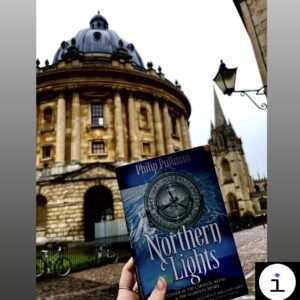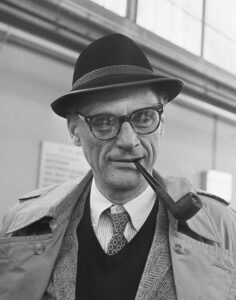
The setting of a book is sometimes so powerful that it assumes a persona, becoming a character in its own right. Think of Dickens’s London or the Afghanistan of Khaled Hosseini.
The location of a book roots it; when a setting feels real, the story becomes more tangible. This is why world-building is so critical to fantasy and science fiction. When the setting is a real place, however, readers can layer their own experiences to create a new understanding.
One of my favorite things to do when going to a new place is to read a book that is set there. I read The Unbearable Lightness of Being before I spent a semester in Prague, so I already had an idea of Tomáš and Tereza’s city before I arrived, and delighted in seeing the scenes come to life. By this, I mean that I could vividly imagine Tomáš washing windows in Old Town Square; fortunately, I was not caught up in any watershed political moments. In Paris, the location at the top of my must-see list was not the Eiffel Tower but rather the Palais Garnier, thanks to The Phantom of the Opera, one of my favourite books.
I spent last September in Oxford. Most of what I knew of the city came from A Discovery of Witches by Deborah Harkness. Every year, she hosts a real-time reading of the novel on her social media, as the action takes place over forty days beginning mid-September. I was thrilled to be in the city over that time. When Diana did research at the Bodleian, I went to the library too; when she went rowing, I took walks along the river. This mini pilgrimage made me feel closer to the characters. I felt as if I understood them better because I had followed in their footsteps. More recently, I finally got around to reading Northern Lights by Philip Pullman, which also begins in Oxford, so I made sure to start it in Oxford. The city that has so influenced Pullman and his writing has shaped Lyra, too.

Historical books have the power to connect us immediately to places in the past as well. I read The Temple of the Golden Pavilion by Yukio Mishima after visiting Kyoto, which was impacted by the events fictionalized in the book. The chaos and disillusionment in post-war Japan not only affected Mishima and the narrator but also Japanese culture in ways that are still tangible today. The novel’s legacy is also visibly apparent, as the Temple burned down in the novel was destroyed in 1950. The arson was a national tragedy, and a new temple was built on the site of the former, which had been over five hundred years old. While this novel shows us how things can change—sometimes seismically—the narrow winding streets of Miss Lavish’s “true Italy” in A Room with a View show us how things stay the same. Lucy’s predicament could be the dilemma of a young woman today, and it is reassuring that though life’s only constant is change, continuity can be found both in and out of novels.







